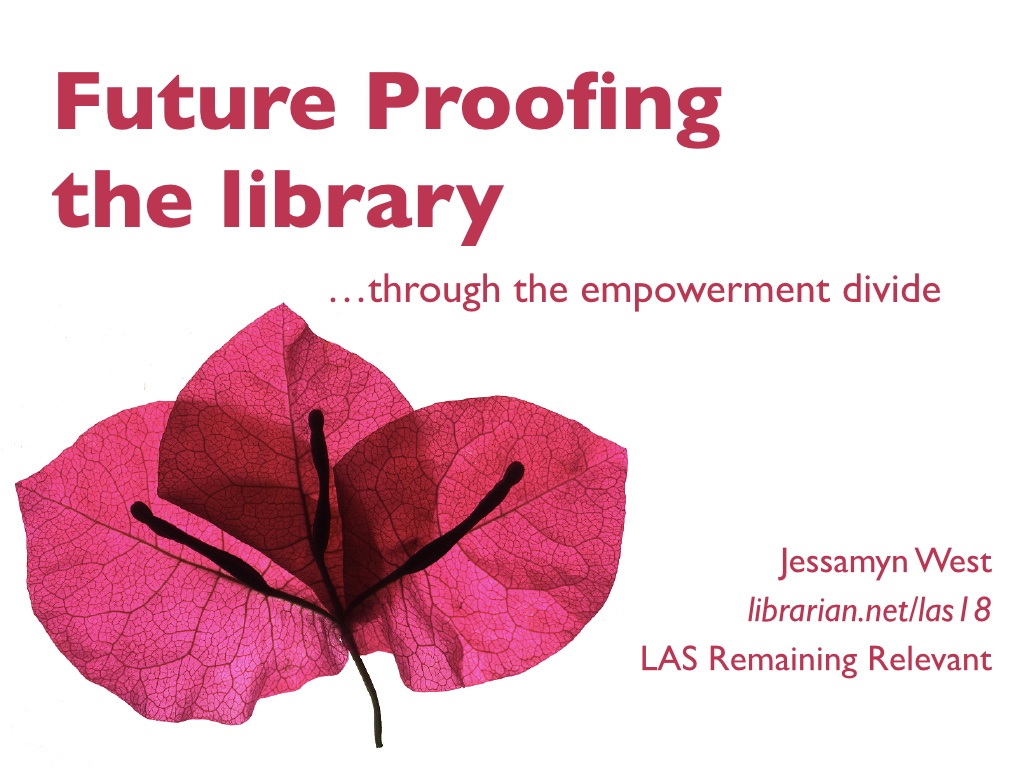
Notes and slides are at this URL. I will be touching on a number of things and if you'd like to read more about any of them, you can check out this link. I am really happy to be here, thanks for having me.
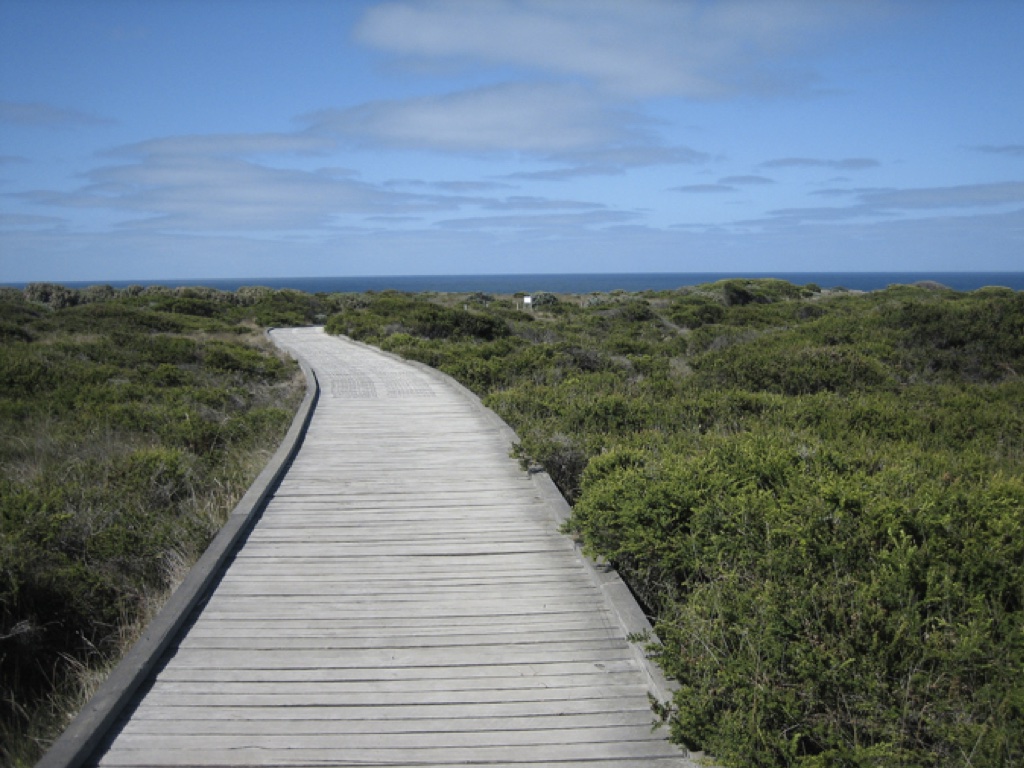
As we think about remaining relevant, it's important to understand the continuum of users we are dealing with. I want libraries to continue to exist, and thrive. I'm aware that technology is a part of this, and we can discuss just how much of a part. I am also aware of how much prominence technology has in our daily lives and I don't mean that in a "kids today with their phones" way but more of a "I can do my holiday shopping--including food--without leaving my house, without encountering other people" This has created a tech mindset where many people feel that there are few problems that technology can't solve. And while the scalability allowed by technology is great (emailing 100 people is almost free, postal mailing them is expensive) I want to gently push back on the idea that every problem needs to have a scalable tech solution even though many people suggest this, even to libraries. Put another way, libraries exist right now. It's one thing to envision a library of the future, that's easy. What's hard is figuring out how to get from where we are, to where we are going.
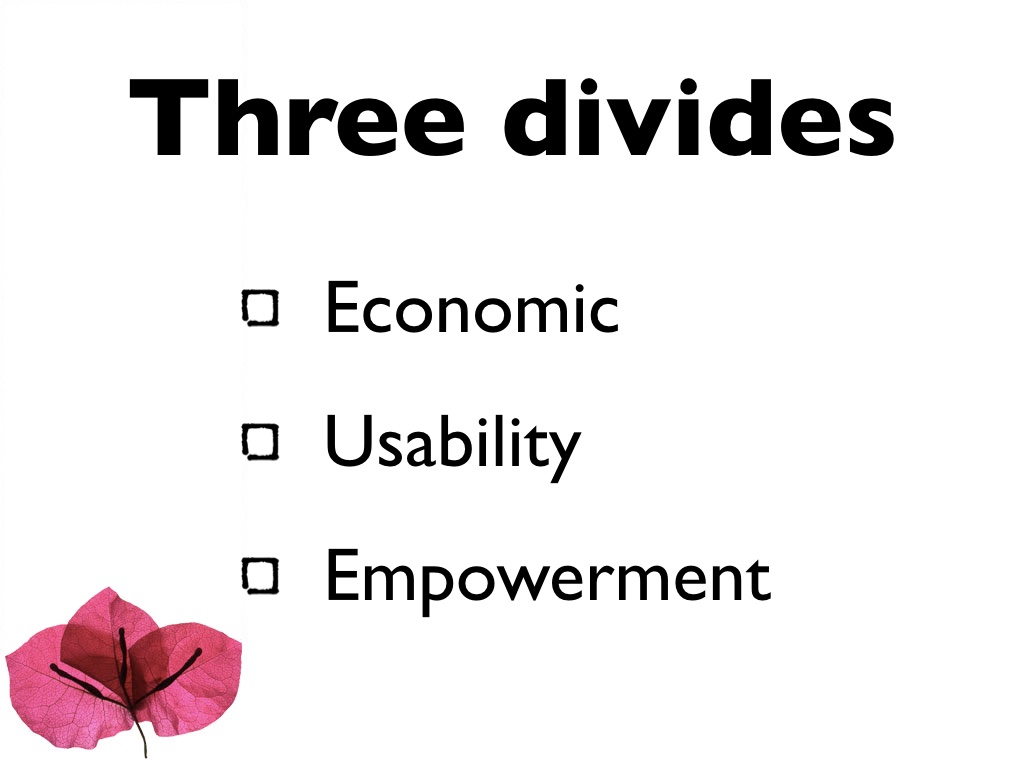
Not every problem has a technological fix, and not everyone is even online enough to take advantage of it. I'm here to talk about the digital divide. When you see the digital divide in the news it's usually because some big company has claimed to "solve" it. But let's talk briefly about what it is. I see three aspects to the divide.
- Economic: people can't afford computers or the internet
- Usability: websites are terrible and/or people need adaptive technology that they don't have and/or don't know exists
- Empowerment: people don't see themselves in online spaces and/or think the internet is "not for them"
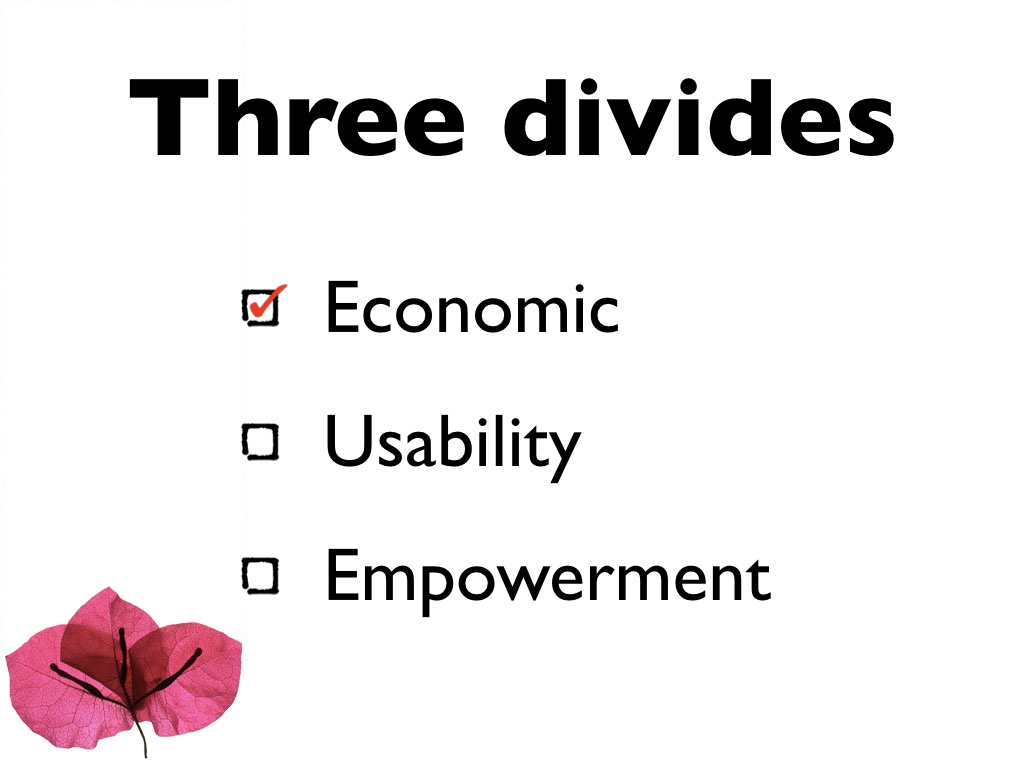
The good news is that public libraries, where I'm from, have really addressed that first issue pretty well. In the US 97% of people have a public library with free access to the internet and computers. Note: this is different from free wifi at Starbucks or McDonald's because this has a computer you can use too. For printing, filling out a long job application, updating a resume, things that are difficult on a phone (there's a whole 'nother talk about how mobile access is qualitatively different from fixed broadband but this is not that talk). The usability issue still persists and we're working on it. Demanding better websites, being active and vocal about the need for better digital inclusion and adaptive tech. But the empowerment divide is more tricky and solutions don't scale well.
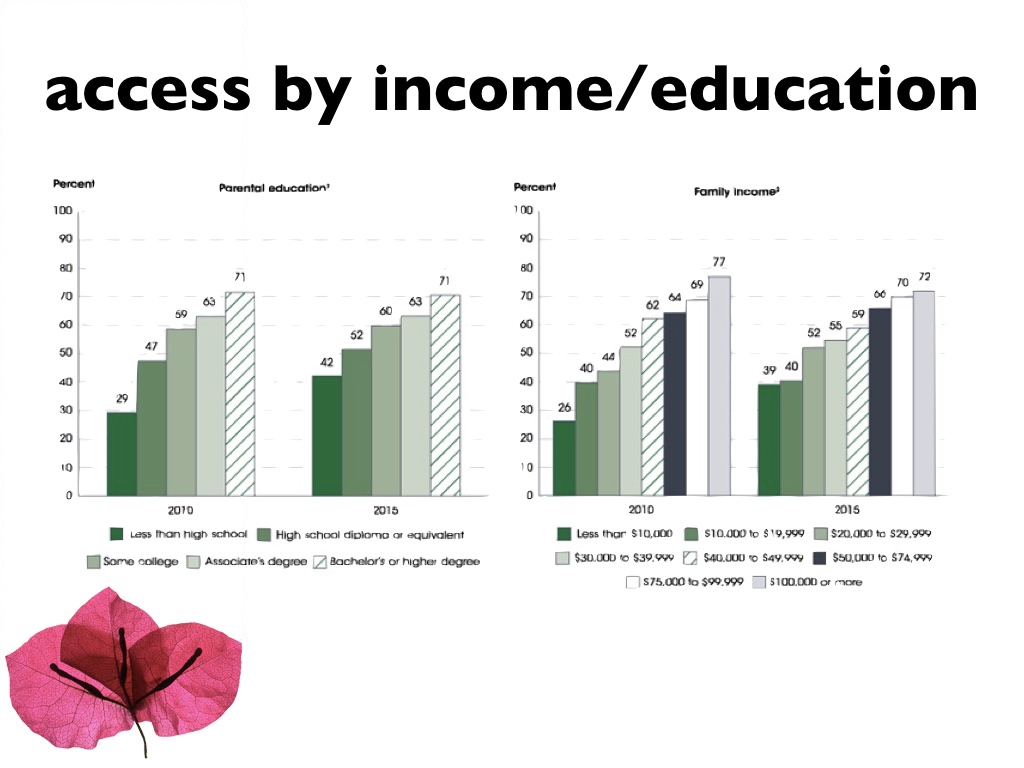
(this is a chart from a few years ago talking about children's home access to the internet) You can see that the less education or money a family has, the less their children have internet access. In the US nearly one in five teens can't always finish their homework because of the digital divide. 35% have to sometimes do their homework on a cell phone. You can see how these kids might not have access or time to participate in other online spaces... become "content creators"
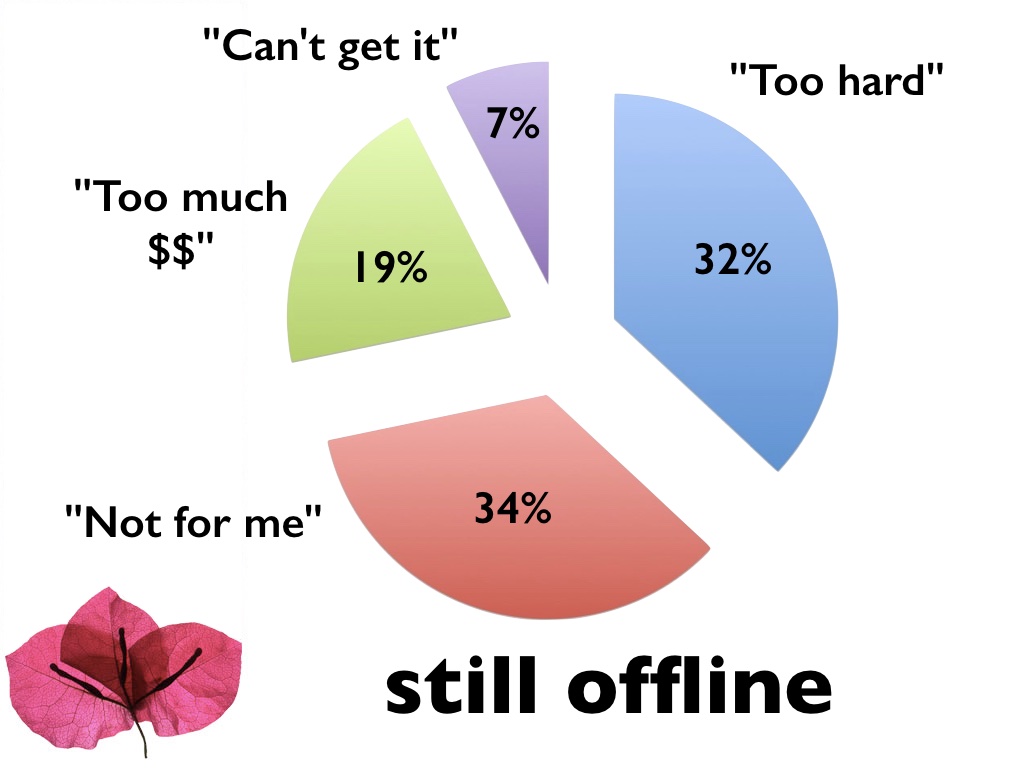
One final statistic, one of the groups that studied offline people the most was the internal revenue service in the US. Every time someone does their taxes online it saves the IRS (and therefore the government) $2. That adds up. But the IRS can't force people to do their taxes digitally, it can only encourage them. The IRS found four major reasons people were offline (this is outdated and doesn't add up to 100% but you can see trends that persist today) *explain*
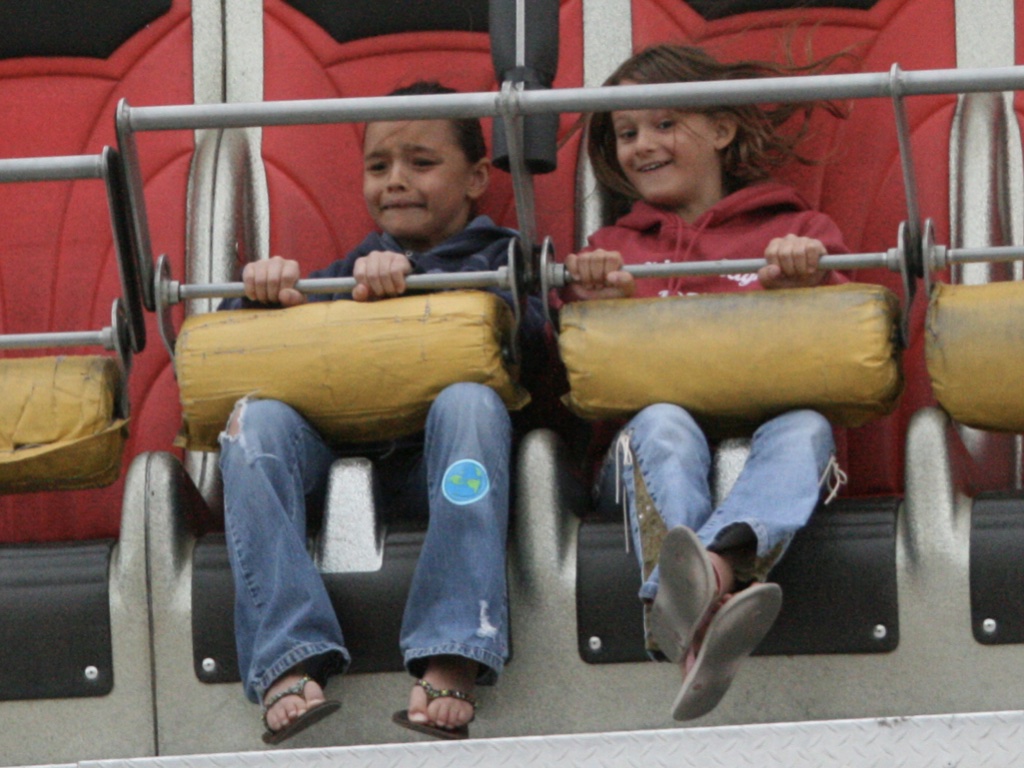
And one of the things that I have found, personally, teaching basic computer skills in rural Vermont for the past 15 years or so, is that a lot of what is holding those major groups back--the "not for me" and "too hard" groups--is fear or anxiety or really serious or unsurmountable apathy in various manifestations. Granted, some people literally have to work to put food on the table and don't have time to fuss with learning how to update their operating system or learn new apps, but for the vast middle range of people, they are nervous, worried, concerned about costs or future hassles, don't like to feel out of their comfort zone, don't know who to trust, don't know what steps to take
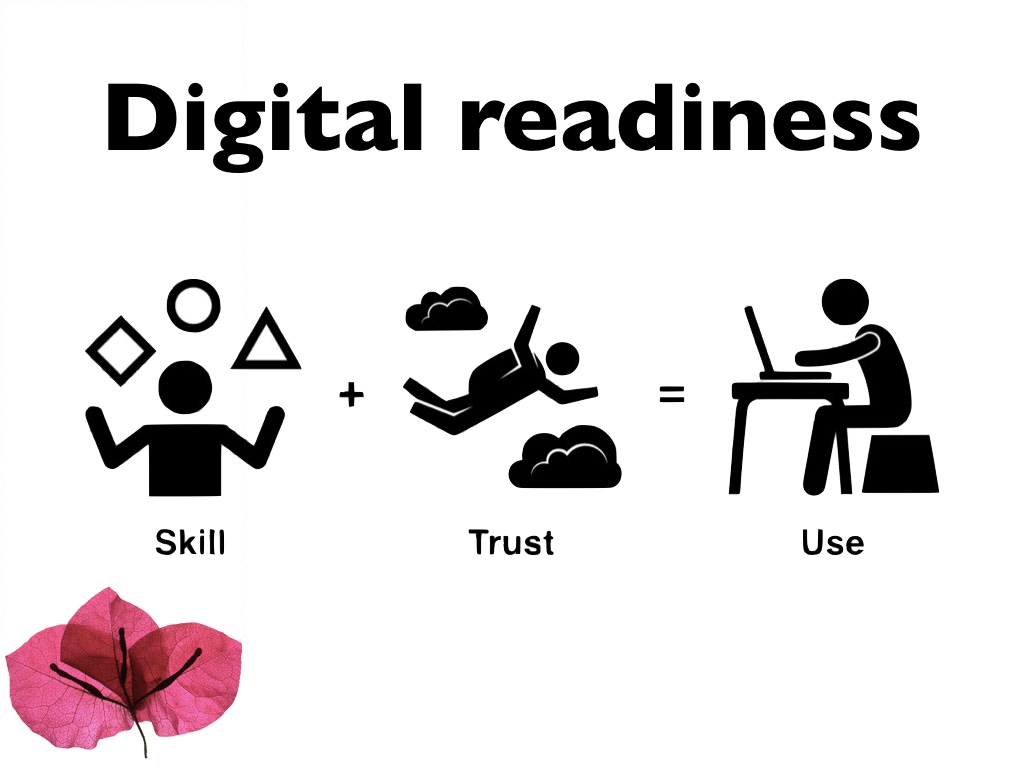
And this gets to something the Pew Center for Internet likes to call "digital readiness." You may have a computer, you may have an internet connection, but you're not online or not very online meaning you couldn't solve a problem using "the internet" as a tool. Why? They say that to be digitally ready you need not only the skills (mouse, typing, hand eye coordination, finding tiny triangles to click on) but also the trust. Trust in platforms, discernment about what is real and what is a scam, trust in the systems mostly working for you and not against you. Trust in the people who build the things. Trust in the things. And this is really hard. And only when you've gotten to that point can you be someone who is a confident "ready" user. So I work on that part. How do we help people learn to trust?
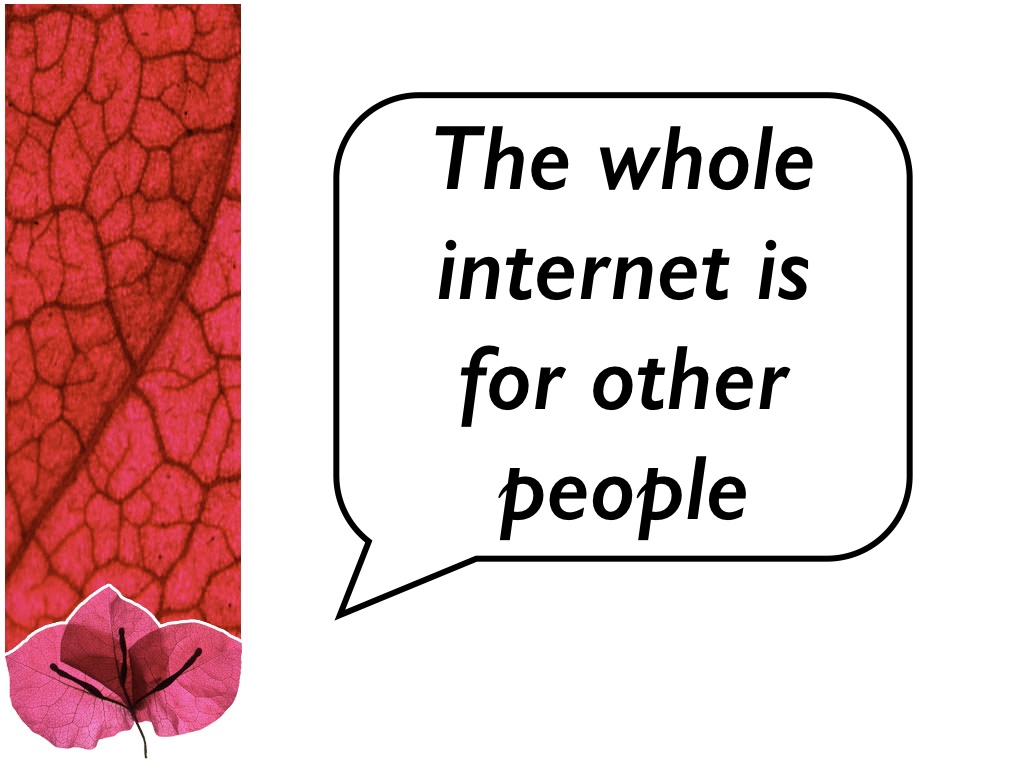
Because it's okay for me if people don't use the internet... much. Got other things to do? Great. But it's less ok if they don't use it because they feel they don't belong there, or don't know how to get the skills that they need. Because sometimes you might need to, and it's better to have positive experiences online before you get stuck in negative ones.
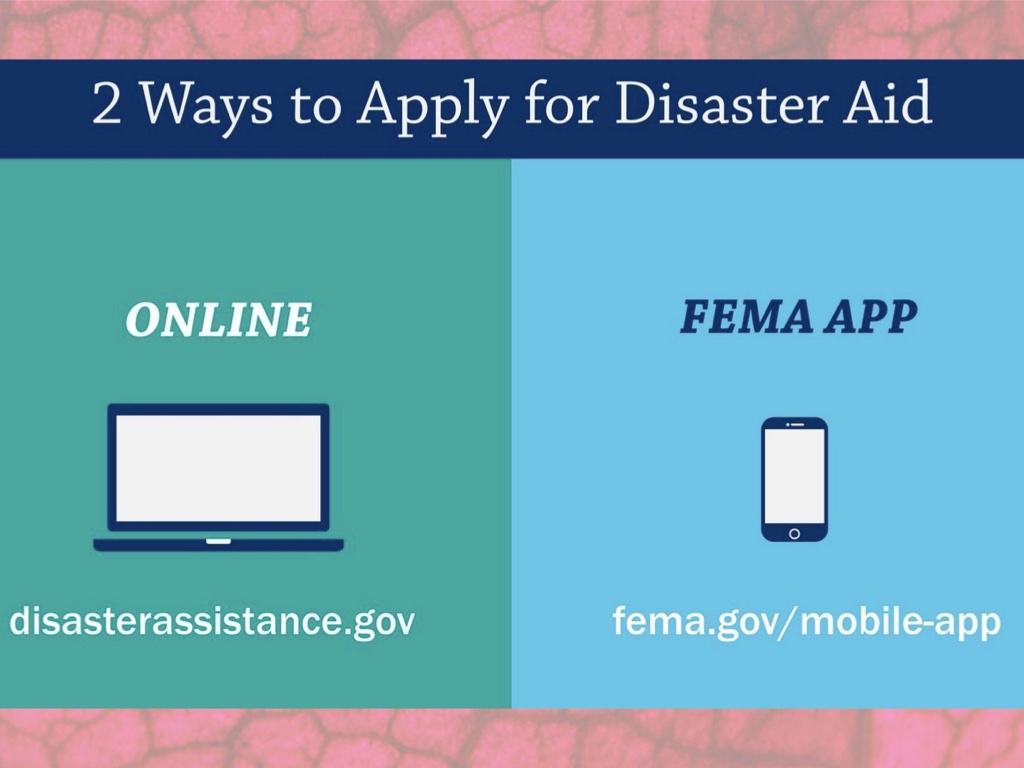
In the US if you are the victim of a natural disaster, you can apply for aid. But only online. There are many examples, and more every year. In the US you can *maybe* get a social worker to help you apply for food stamps but not so much for completing an online dating profile. It becomes a social issue, people's lack of connectivity, whether it's choice or not a choice. It isolates them, especially in places with a real winter or other reasons people can't travel.
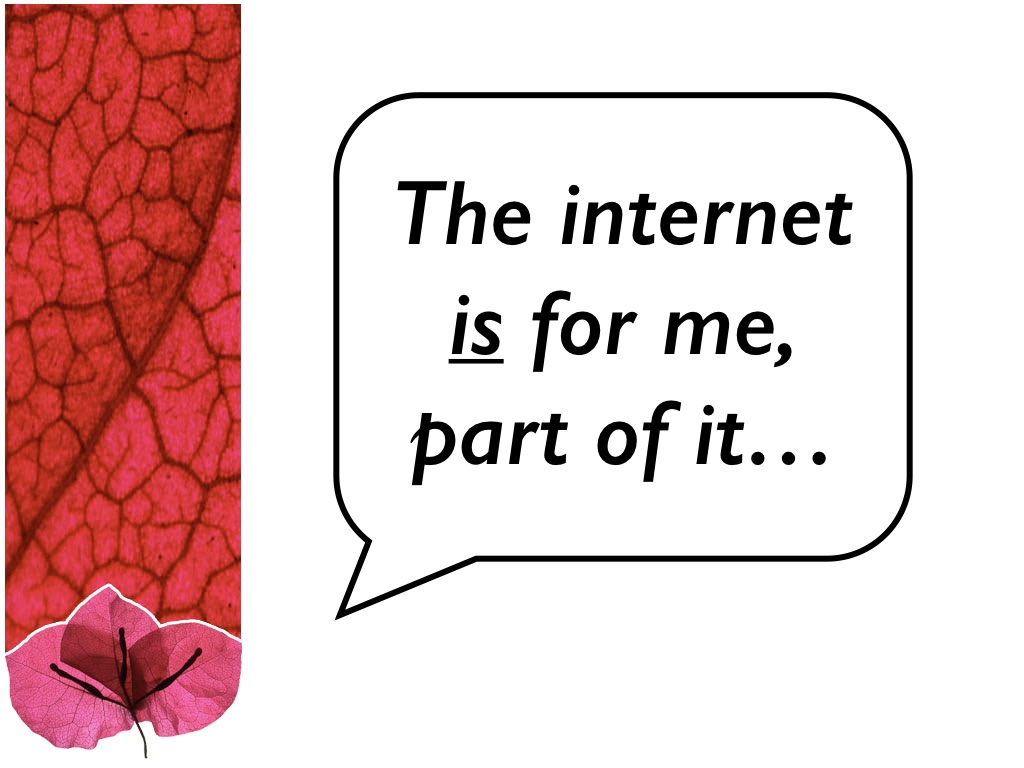
We want to get people to here. And there are many ways to do this. I'll have some specific examples, but feel free to ask afterwards about other ones.
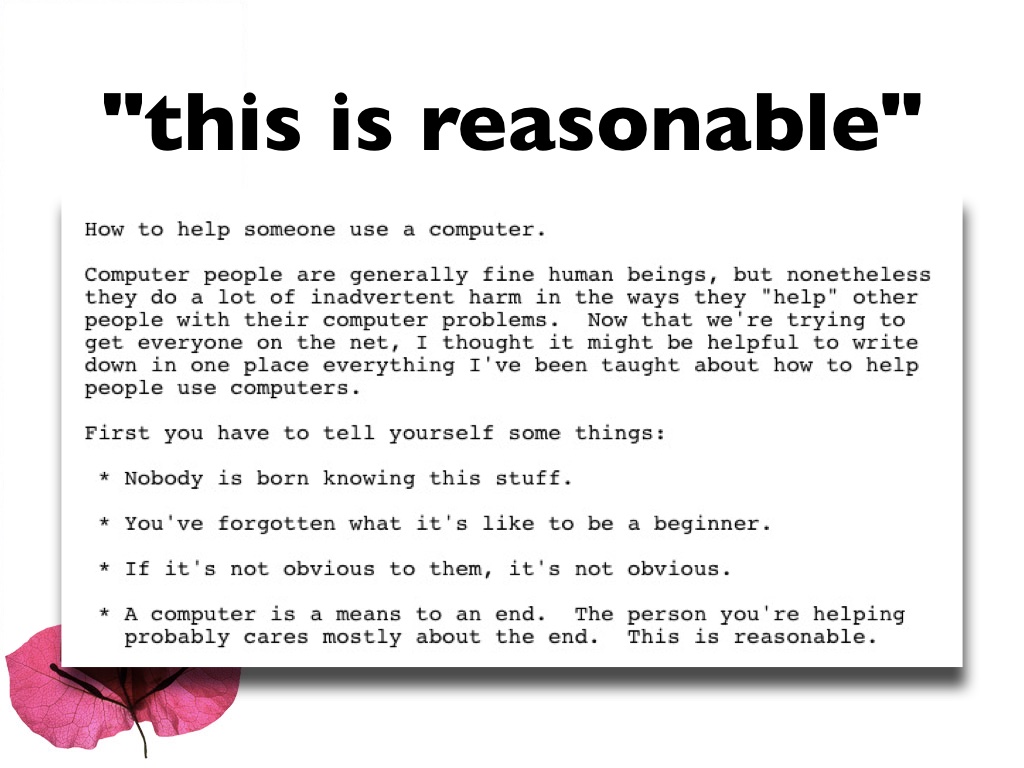
As an aside... I think as educators and library people we all have a few standby things that helped us become who we are today, things that we still refer to. For me one of those things is a simple pamphlet called "How to help someone use a computer" which went around the internet when I was in library school in 1996. I reread it regularly, it's linked in the links page and talks about how to be a compassionate and caring educator in this (at the time) new technological realm. As I go through some of these suggestions, you can keep this in mind.
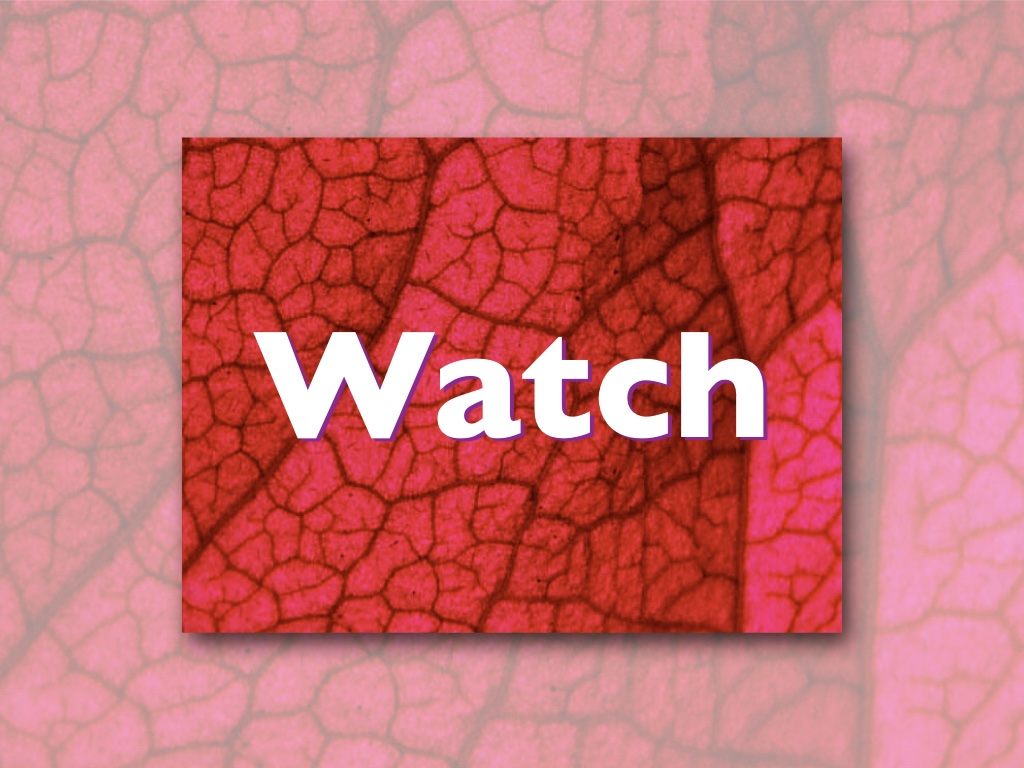
So as I'm talking about how to make the internet a genuine option for them, we start slow. Sometimes people need to just ... look at the internet for a while. Some of this can be simple stuff like putting public access computers (some of them) in visible places, letting people share terminals, laptop areas, etc
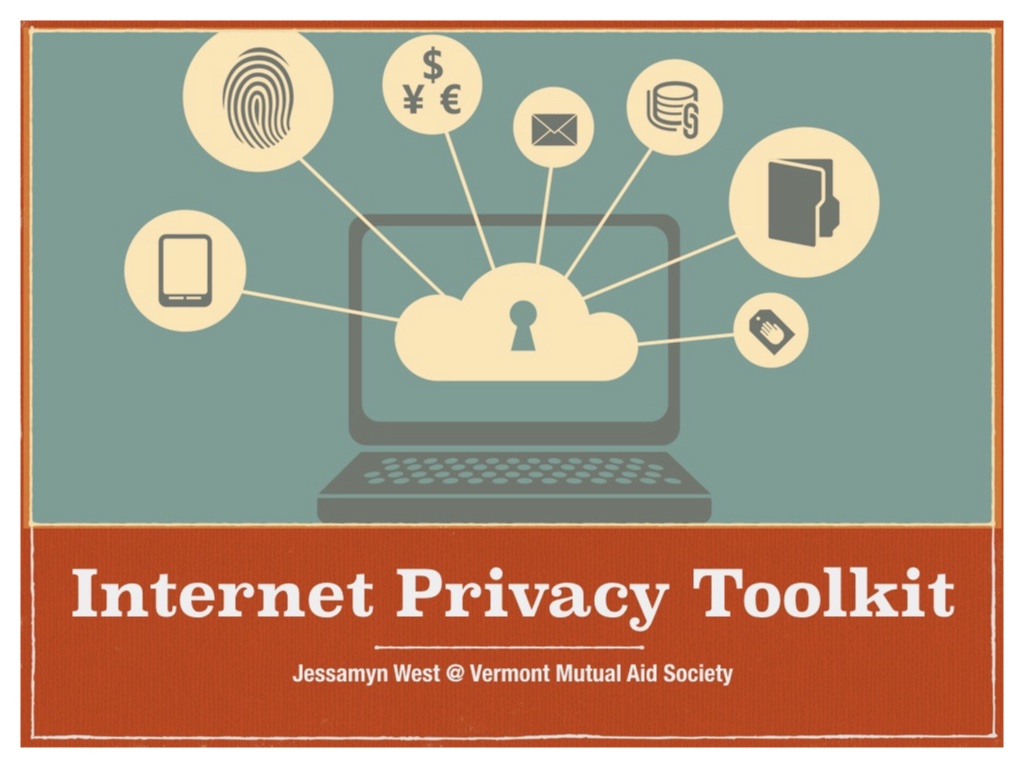
I have a very simple library talk I give (slides are available for anyone to use or reuse) that is five steps to better privacy online. Nothing complicated. No hollering at people about passwords. Just some sensible advice and a LOT of time for questions. People have all sorts of questions!
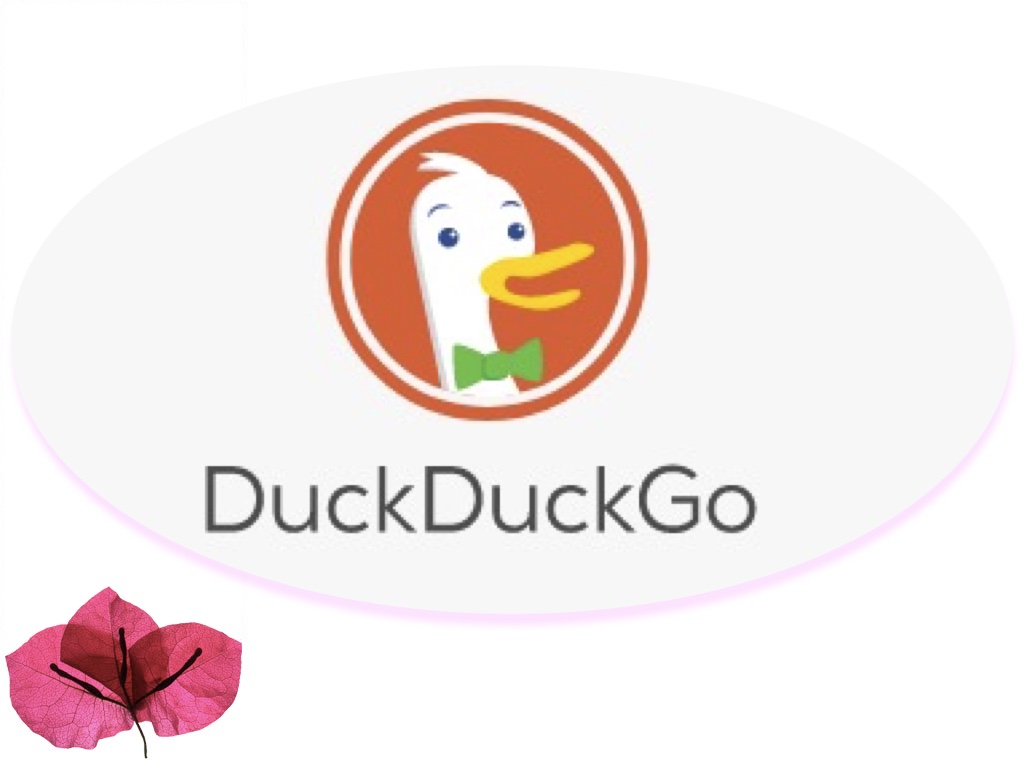
And I do very little "You should do this!" sort of advice but I do say things like "Hey if you are concerned about Google, Duck Duck Go is the search engine that won't track you!" I travel around the state to tiny libraries and I always learn something and I hope people learn stuff from me.
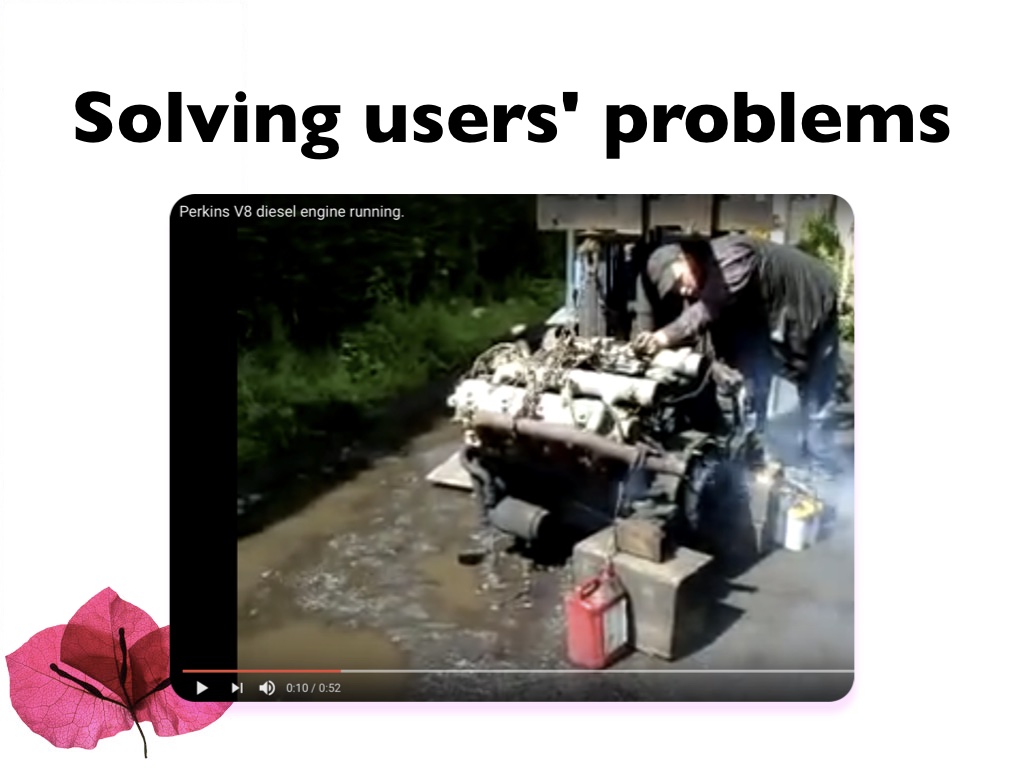
Speaking of learning things, if you had told me that one of the things that would make someone curious enough to get online was watching tractor engines running, I might not have believed you, but it's true!
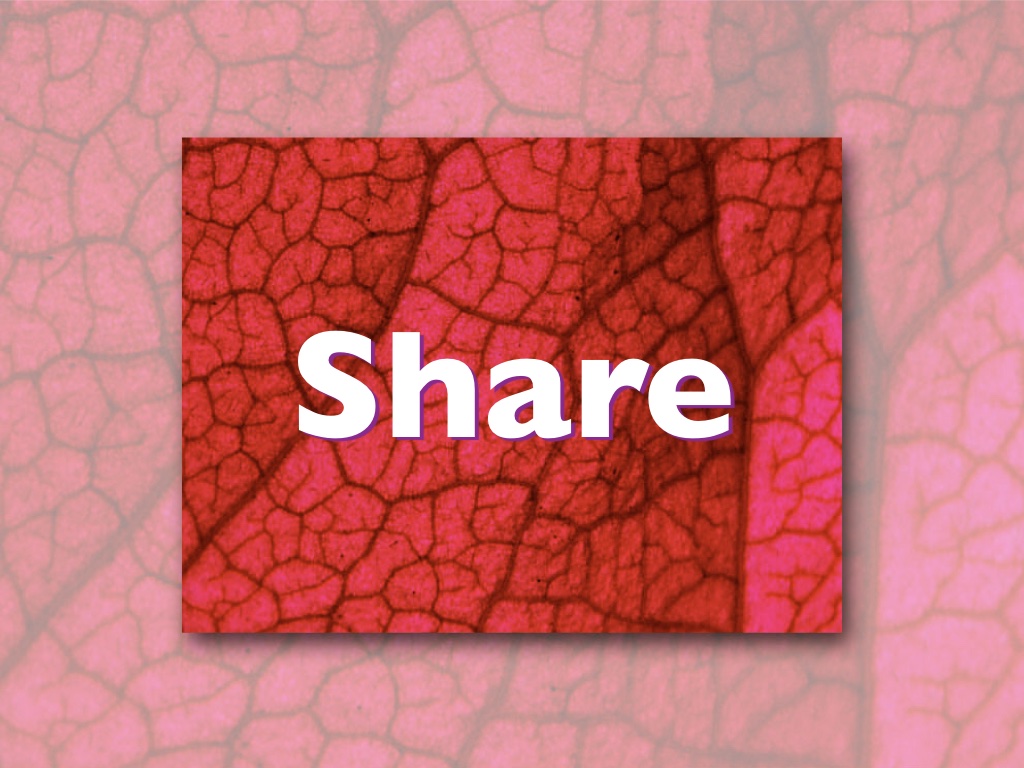
The next step along the line to helping people be more comfortable online interacting. And I don't just mean social media interacting (which tends to run off the page and has less of a permanence about it, though it's also fine) but contributing to culture and community online.
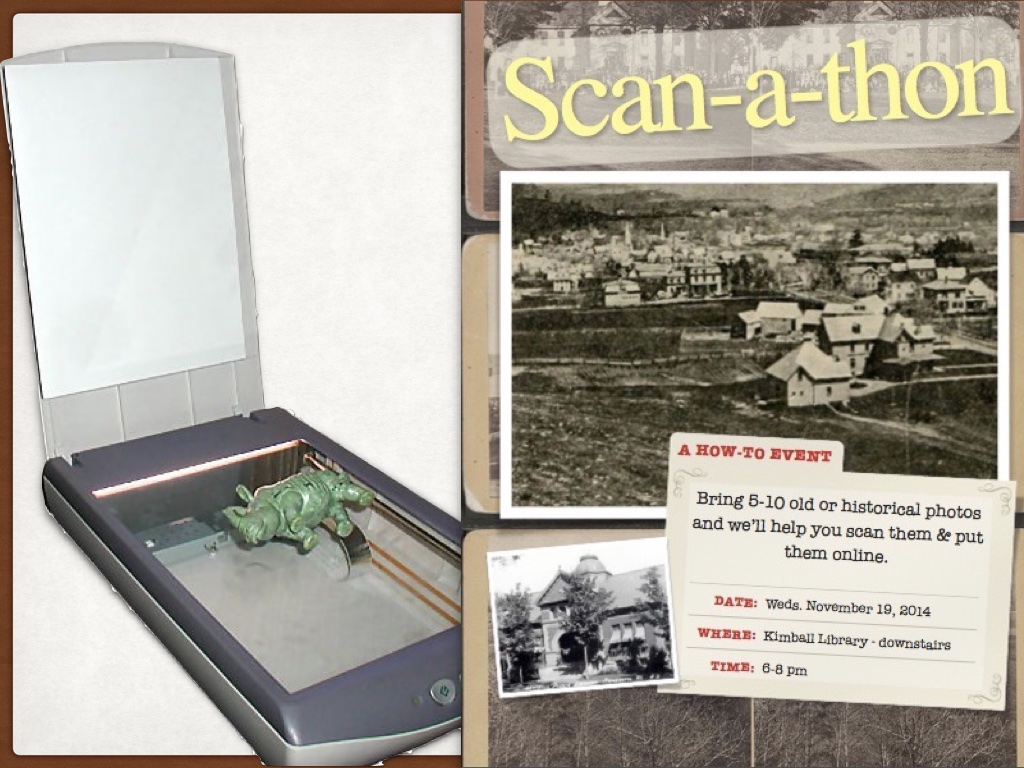
A simple next step is start with a scanner, or even a camera and encourage people to digitize things, their things (or your things). It sounds techie when you say it that way but it doesn't have to be. Scan photos or documents. Send people home with a copy. Offer to show them how to email or store that photograph online (free!). Maybe give out some branded USB drives that people can bring with them. I don't even get into "the cloud" just focus on "you can make a copy"
People who don't feel comfortable with the technology can assist in the organization or the metadata (just don't call it metadata). People think they have to create huge digital archives when really, putting 12 photos on Flickr this month is 12 more photos than were on Flickr last month. And they're your photos! One of my local initiatives is to help people in town put historical photos of the town online where they can be shared and used to illustrate wikipedia pages and sent to others. Little steps. Two scanners, one evening.
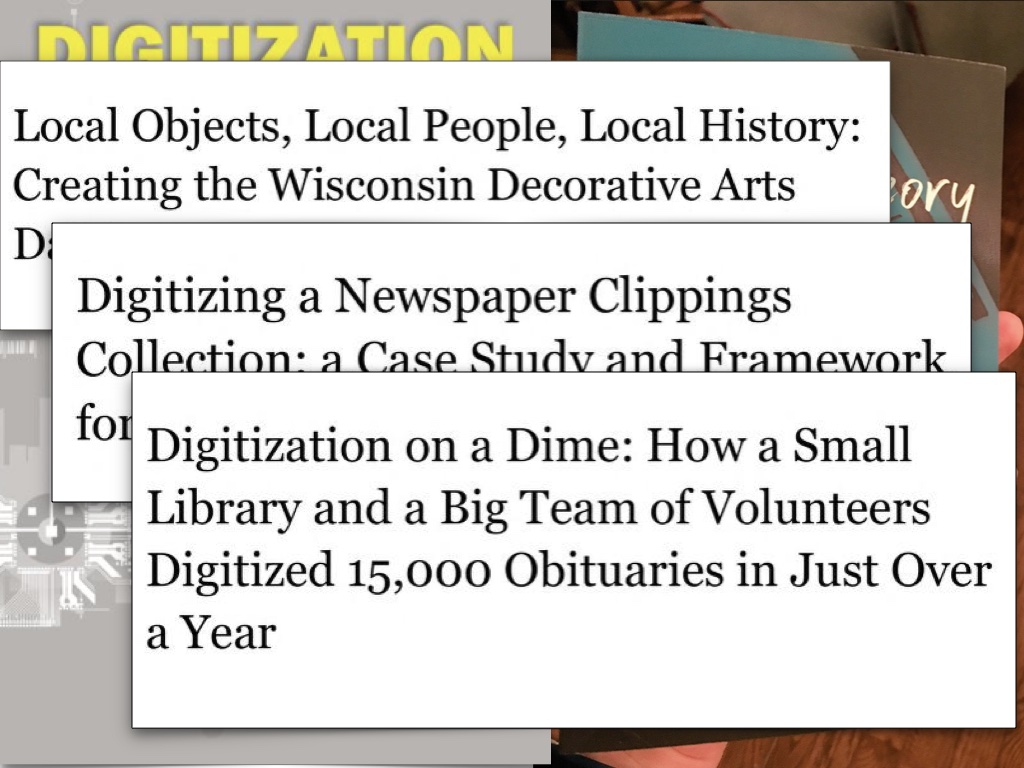
You don't have to reinvent the wheel, no one wants that. But it's folly to presume that you're the only organization with a tight budget and resources. Other people have done it, learn from their stories (check the list of links)... Figure out who they teamed up with. Sometimes it's not so much figuring out who has the specific resources (the photo shop, the drug store with the printer, the photography club) as figuring out who is UP FOR IT (the guy at the filling station who photographs birds, the new empty nester couple in town with some free time and computer knowledge, the retirees who have decades of time and a lot of knowledge and always have felt good about the library...) I am continually surprised at who turns out to be the biggest champion of these things
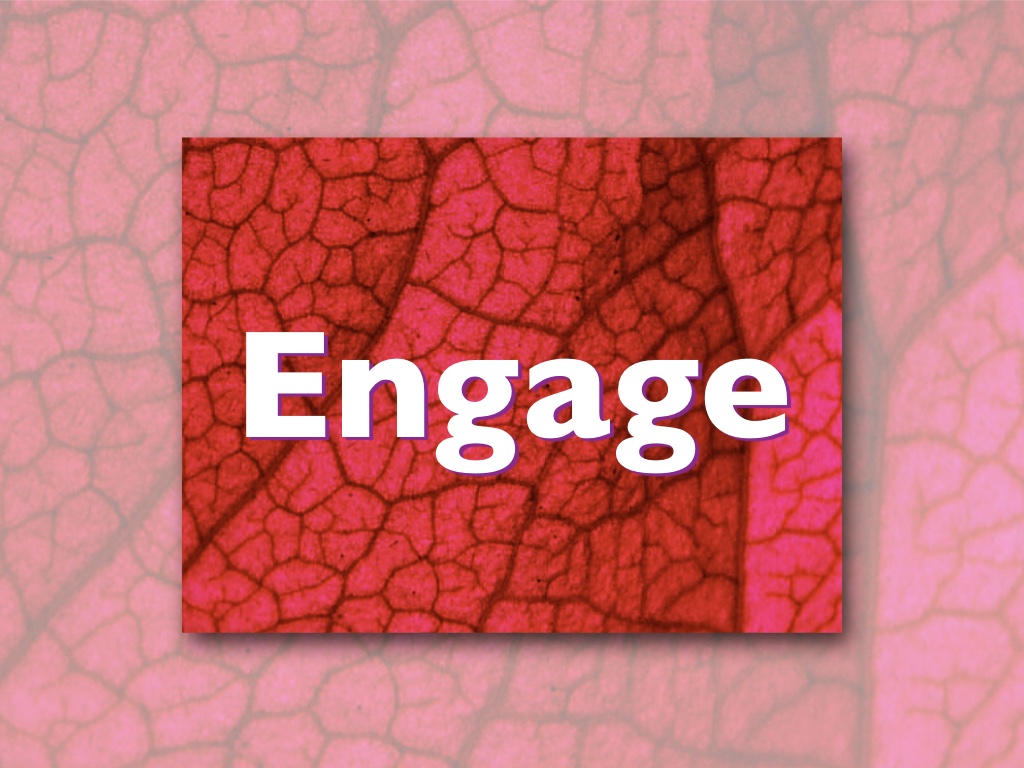
And then work a little bit on the interactions aspects. Maybe there are other people like them that they might want to communicate with over email, in a forum, on Twitter, on Instagram. The internet, to me, is not just for learning, though it is that, but also for "finding your people" and if the library is for helping people solve information needs sometimes that is one of them "where are my people?"
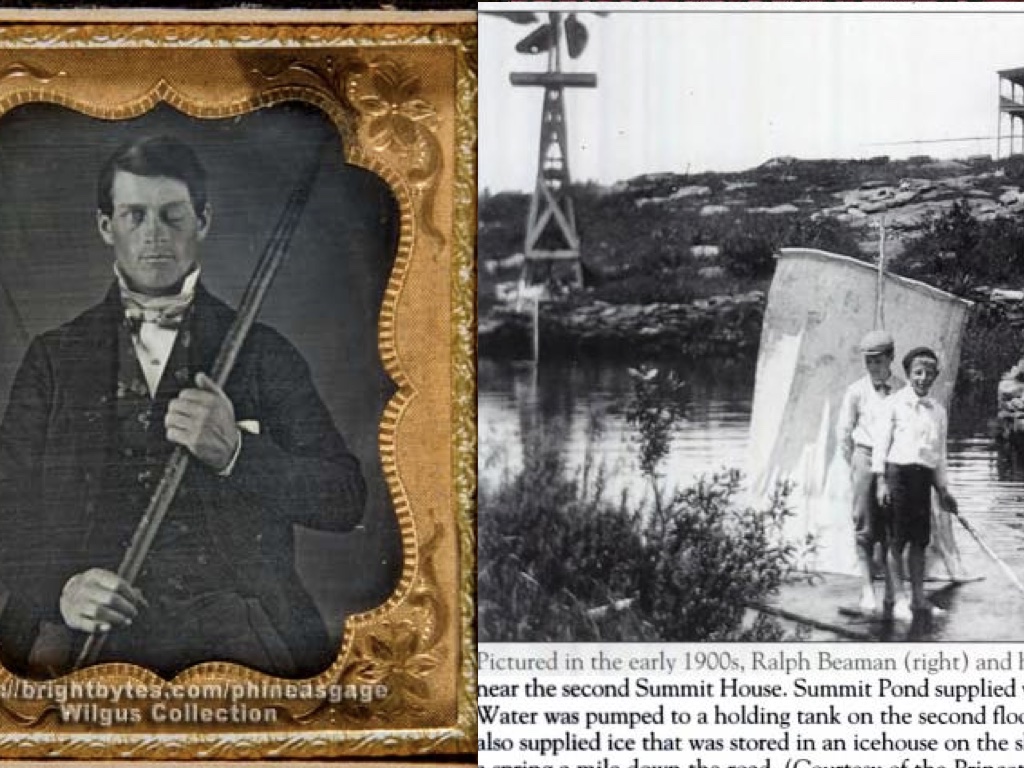
"Crowdsourcing" as it's often called can be useful to make historical discoveries as with this photo which was uploaded to photo sharing site flickr, thought to be a whaling photo until someone said "I think that might be Phineas Gage..." (a famous american known for advancing our thinking about the brain because of his odd head injury) I have sort of a soft spot for this sort of thing because I used Google (and a Google Books view of a book about the history of Princeton MA) to find a photo of my great grandfather as a boy about a hundred years ago. This was a lucky grab because he happened to be friends with the kid whose dad owned the famous hotel and so a photo of him from the early 1900s wound up on the internet
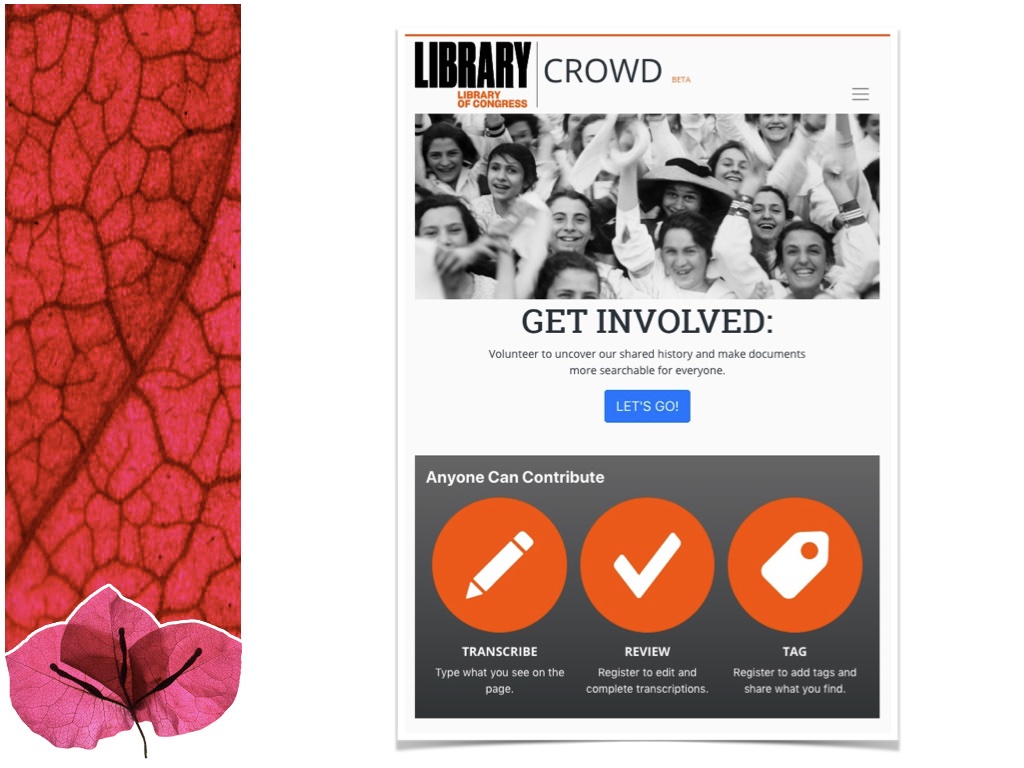
And sometimes coming at people with a trendy word can sound a little fancy or esoteric. I think it's easier to say "Look, the Library of Congress does it" (they have this great project having people crowdsource President Lincoln's letters.)
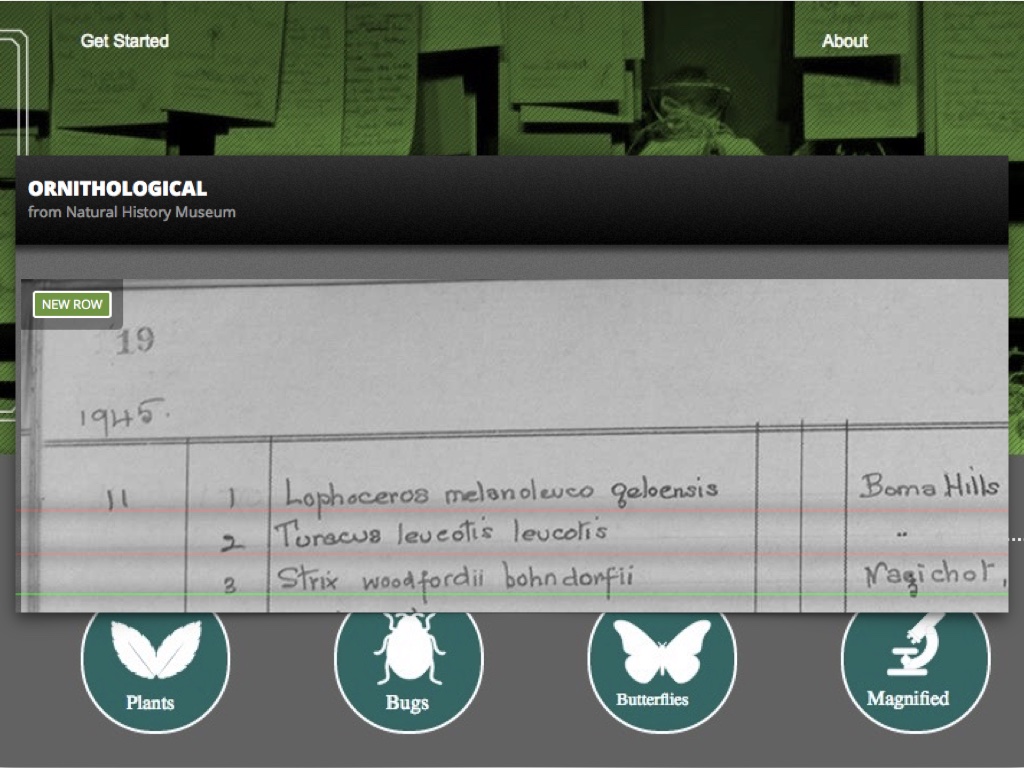
And you can tailor this, using your librarian skills, to finding things that resonate with each individual person. What do *I* like? Birds. In the winter I sit and watch them from my apartment but at night I can help out with this online transcription project from the Natural History museum.
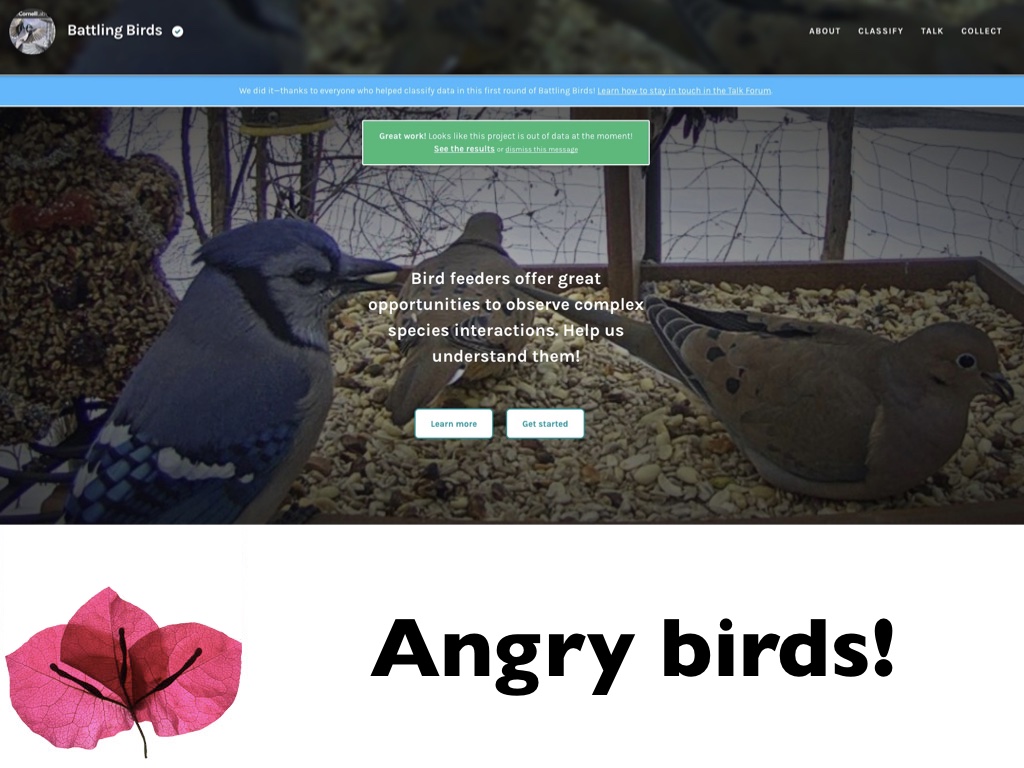
And this one is even more fun, on the Zooniverse. Watch birds fight, click buttons to report observations. Help scientists learn.
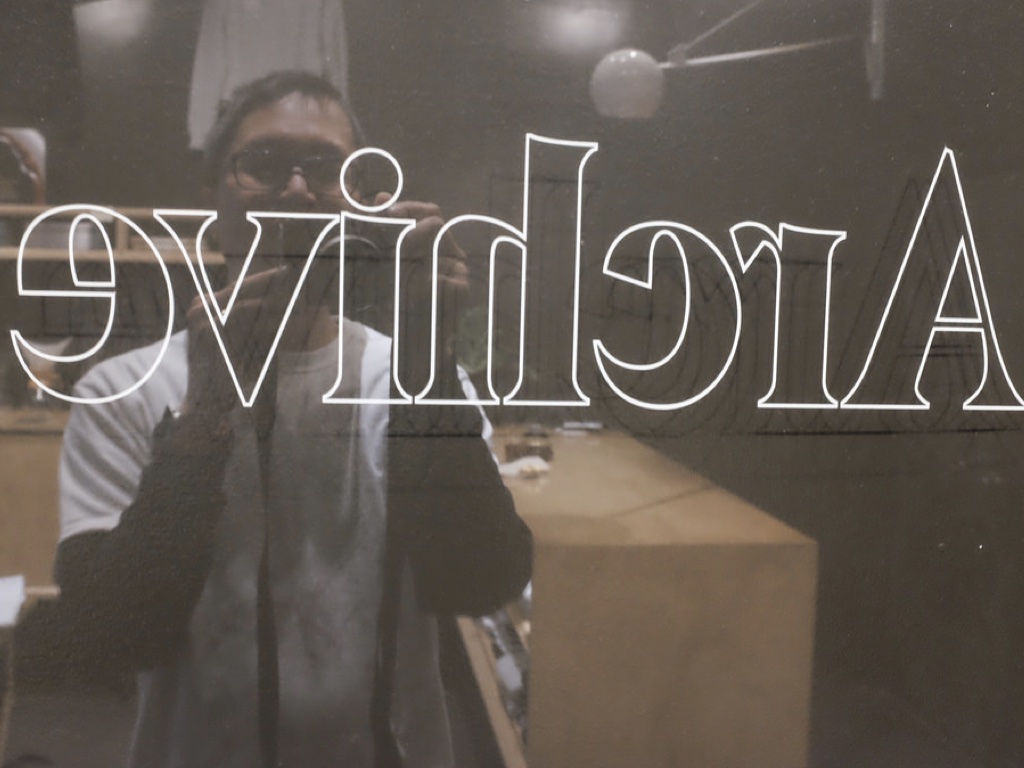
Ultimately, what we want is for people to feel as much a part of our institutions and the work we do as possible. As technology becomes a larger part of our wor--as tool, as conduit, as conten--our job is to make sure everyone has the same options and opportunities to use this space. People need to see themselves in our work.
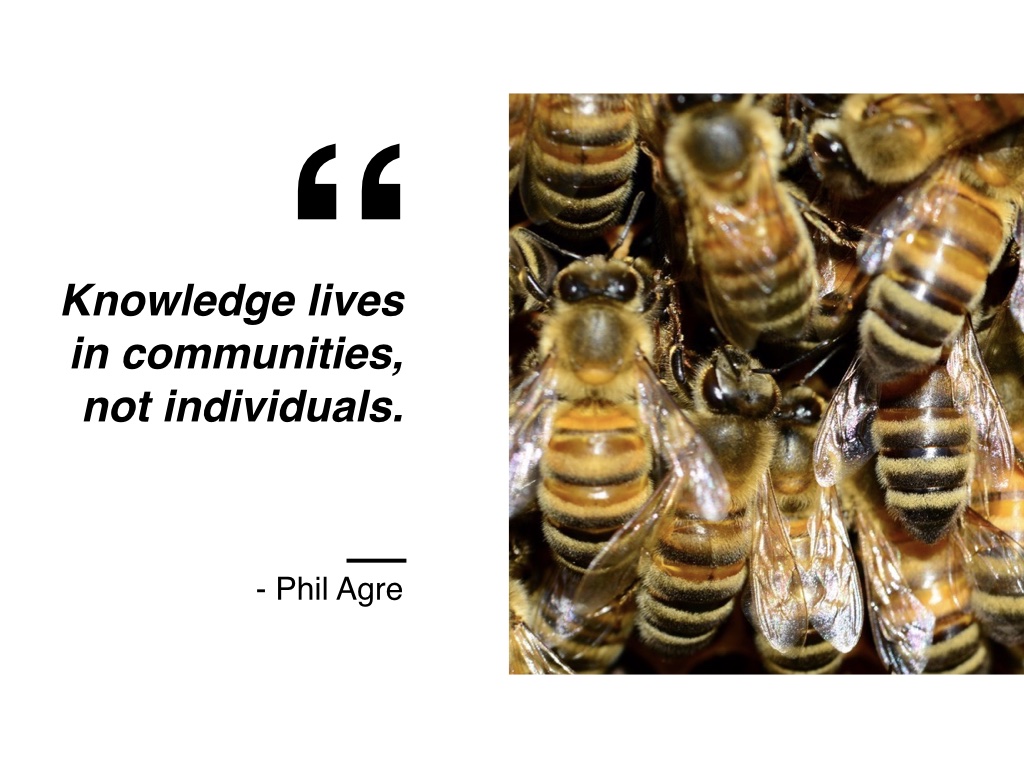
As I said earlier, it's not just "Hold the mouse like this" anymore. Those messages have been in the aether since we've had mice (1984). They're important but they're not enough.
We not only give people access to the information they want (and need) but we also improve and strengthen their access to their communities. And that is what helps improve digital readiness and help people become more like ... themselves. The digital divide isn't people not knowing things, it's a social problem. And libraries not only help society, we ARE society (for better or worse) and we can help break down barriers for the digital divided.
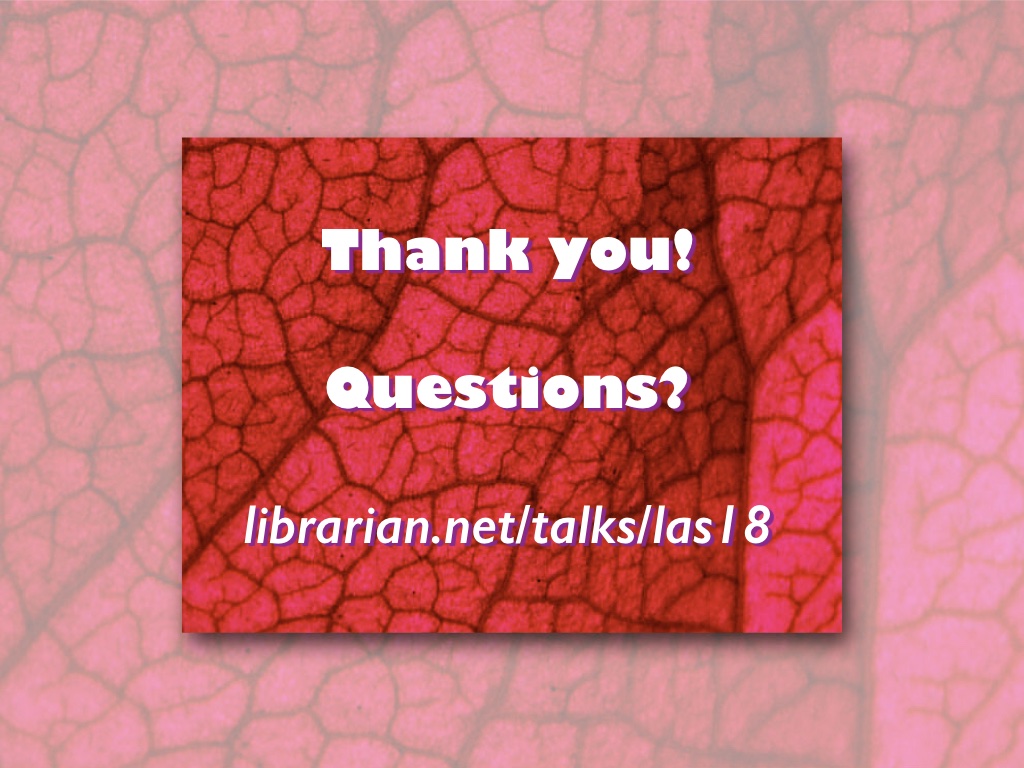
Thank you. Any questions?